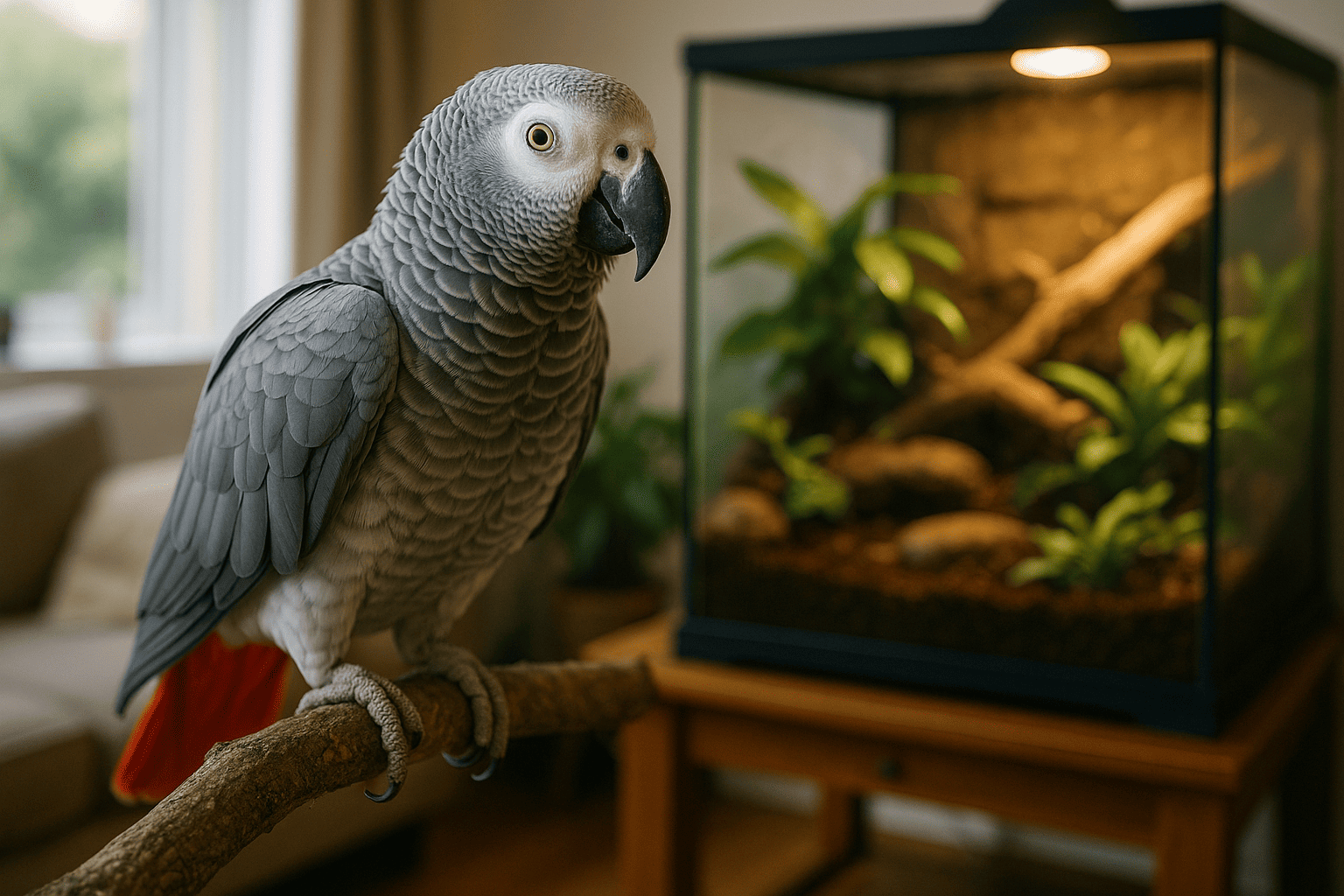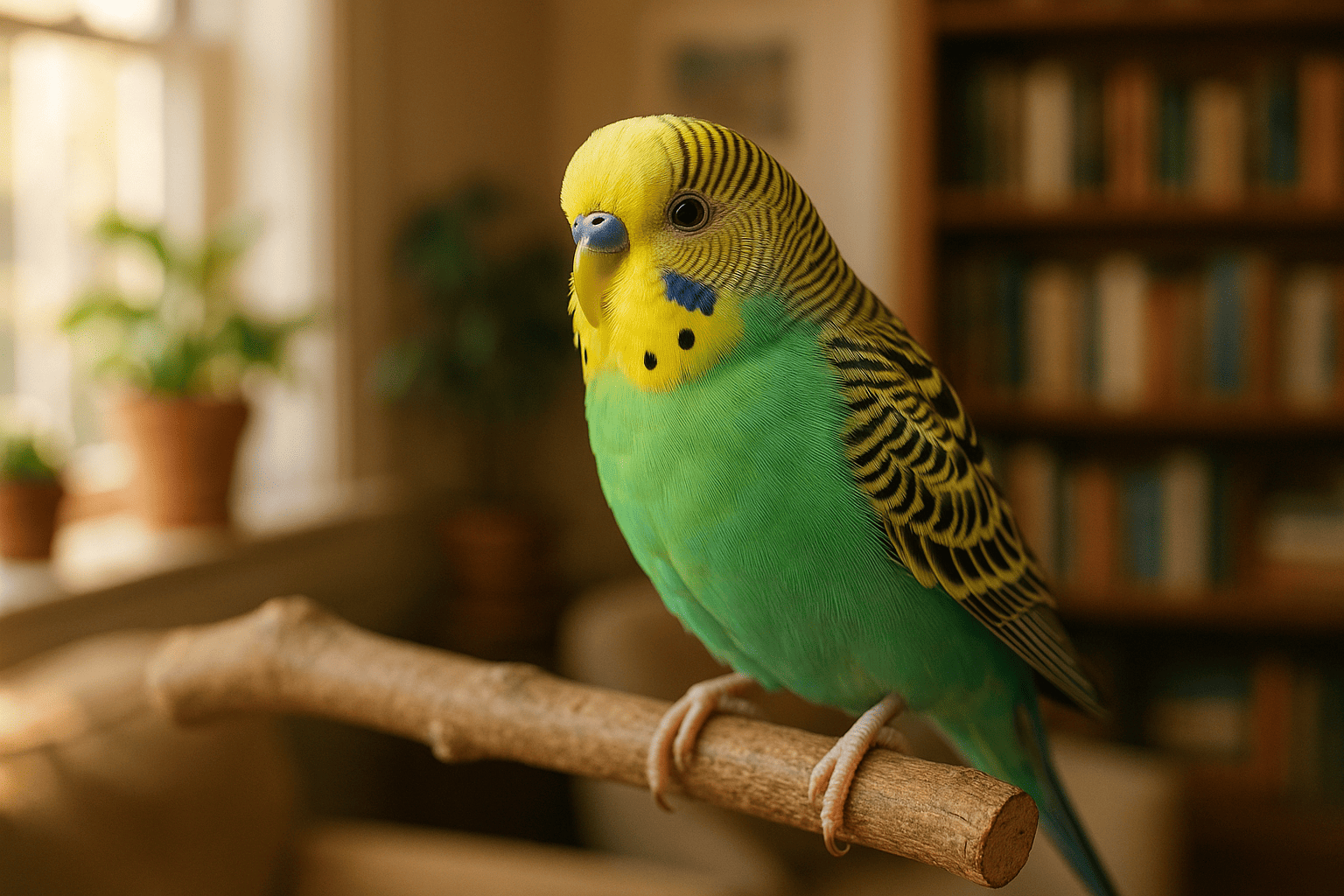When most people think of pets in the UK, images of playful dogs or purring cats quickly come to mind. But there’s a growing trend across the country—a fascination with exotic pets. From reptiles and amphibians to parrots and sugar gliders, British pet lovers are expanding their horizons beyond the ordinary.
If you’re curious about venturing into the world of unique and unusual companions, here’s a list of the top 10 exotic pets gaining popularity in the UK, along with key facts to help you decide if one is right for you.
1. 🦎 Bearded Dragons
Why they’re popular:
Friendly, low-maintenance, and full of personality, bearded dragons are ideal for beginners interested in reptiles. These Australian natives are easy to handle and can even respond to their owners.
Care tips:
UV lighting, a warm vivarium, and a diet of insects and vegetables are essential.
2. 🐍 Corn Snakes
Why they’re popular:
Non-venomous and docile, corn snakes are often a first choice for snake enthusiasts in the UK. They’re beautiful, relatively easy to care for, and don’t require daily feeding.
Care tips:
Secure enclosure, regular shedding support, and proper humidity control.
3. 🐢 African Pygmy Hedgehogs
Why they’re popular:
Cute, compact, and quirky, these nocturnal insectivores have become trendy companions. Their solitary nature makes them perfect for quiet households.
Care tips:
Warm environment, exercise wheel, and a high-protein diet.
4. 🦜 African Grey Parrots
Why they’re popular:
Highly intelligent and capable of mimicking human speech, African Greys are often considered the “Einsteins” of the bird world.
Care tips:
Mental stimulation, social interaction, and a spacious cage are essential to prevent boredom.
5. 🐸 Dart Frogs
Why they’re popular:
Brightly colored and small, dart frogs are captivating to watch in beautifully planted terrariums. They’re safe and non-toxic when bred in captivity.
Care tips:
Humidity control, insect diet, and a bioactive tank setup.
6. 🐜 Stick Insects
Why they’re popular:
Perfect for children and beginners, stick insects are low-cost and low-effort pets that are fascinating to observe.
Care tips:
Simple enclosure, fresh leaves (like bramble), and gentle handling.
7. 🦎 Leopard Geckos
Why they’re popular:
These smiley-faced reptiles are docile, don’t need UV lighting, and come in a variety of color morphs.
Care tips:
Warm, dry habitat and a diet of mealworms and crickets.
8. 🦔 Sugar Gliders
Why they’re popular:
These tiny marsupials glide through the air and bond closely with their owners. They’re social and need a lot of interaction.
Care tips:
Large, tall cage, a companion glider, and a varied fruit/protein diet.
9. 🦂 Emperor Scorpions
Why they’re popular:
A favorite among exotic invertebrate keepers, emperor scorpions are impressive yet relatively docile.
Care tips:
Secure terrarium, high humidity, and live insect feed.
10. 🐟 Axolotls
Why they’re popular:
These “smiling” amphibians are aquatic, unique-looking, and fascinating to watch. Native to Mexico, axolotls are now widely bred in captivity.
Care tips:
Cool, filtered water and a diet of worms and pellets.
⚠️ Before You Get an Exotic Pet
Things to consider:
- Legal requirements: Some species require licenses under the UK Dangerous Wild Animals Act.
- Long-term commitment: Many exotic pets live 10–20+ years.
- Specialized care: Research habitat, diet, and vet availability.
- Ethical sourcing: Always choose captive-bred animals from responsible breeders.
🧠 Final Thoughts
Choosing an exotic pet is not just about being different—it’s about understanding the unique care and commitment required. These unusual companions offer a deeper connection to nature and can make for incredibly rewarding relationships when properly cared for.
So, are you ready to move beyond dogs and cats?

